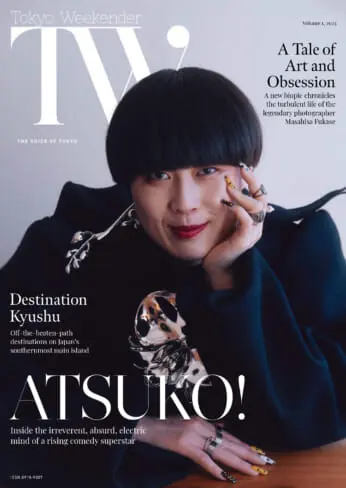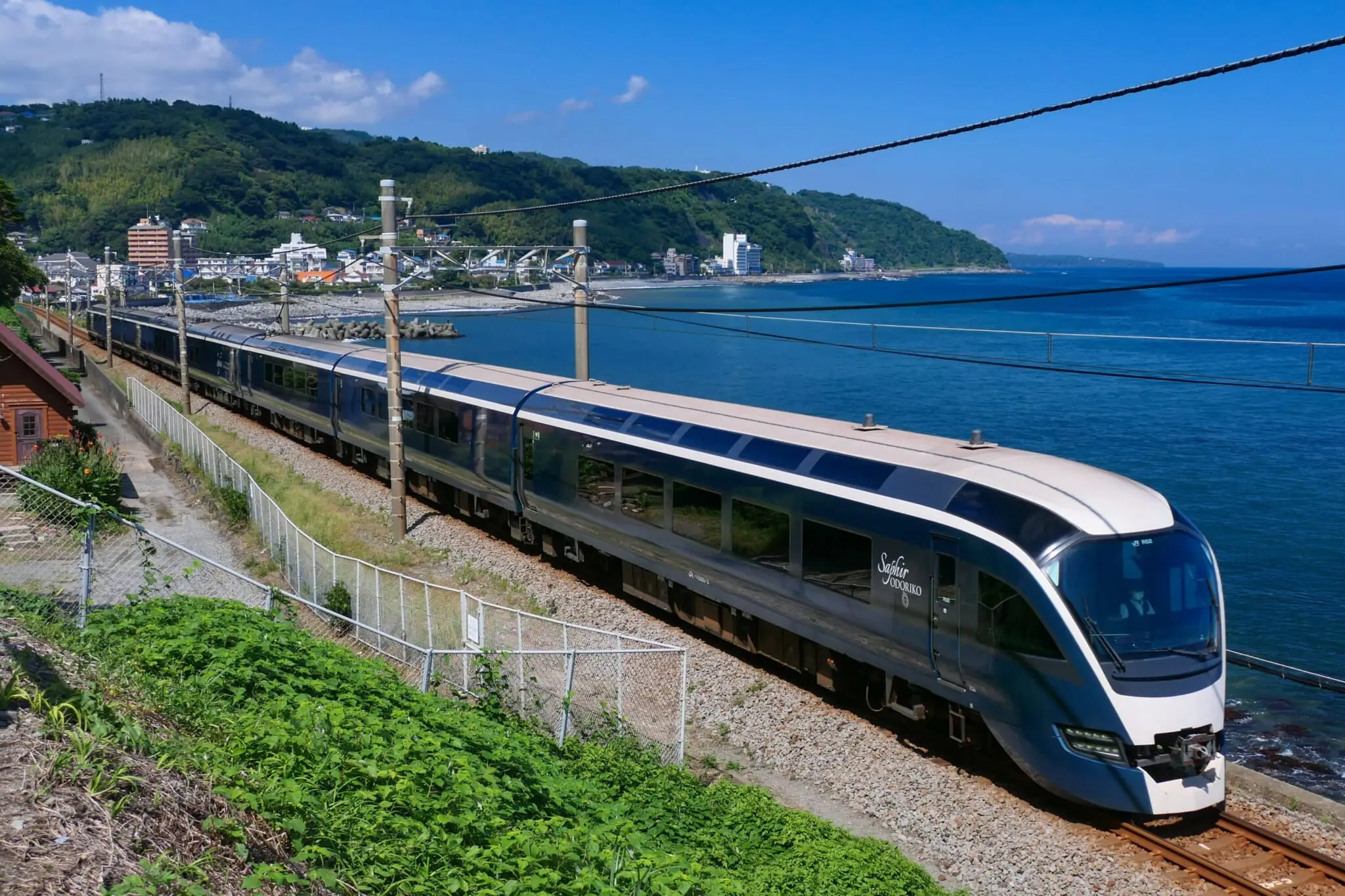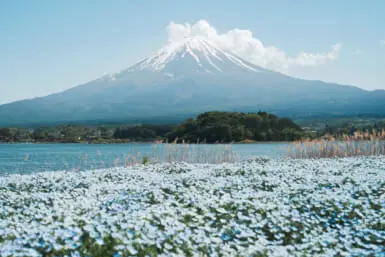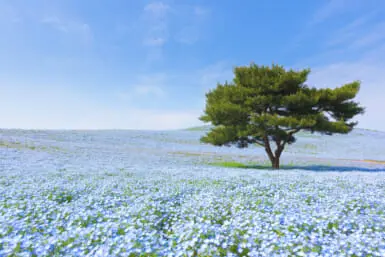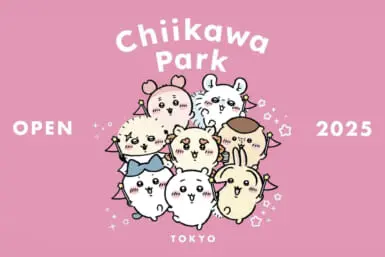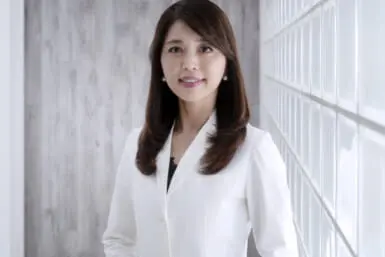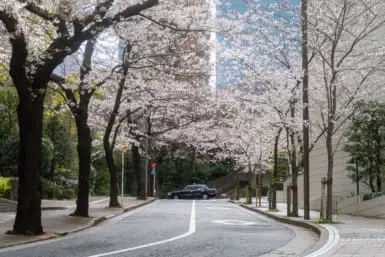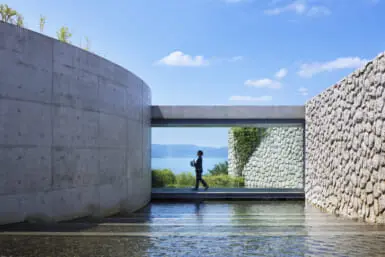There are so many different neighborhoods and prefectures to explore across Japan, each with their own specialty foods, landmarks, flora, communities and cultures. While the Shinkansen or an airplane will make your commute faster, you might miss out on some stunning scenery along the way. Riding Japan’s sightseeing trains makes the journey to your destination like an attraction in itself. These sightseeing trains bring various on-board offerings that will make you wish the ride never ends.
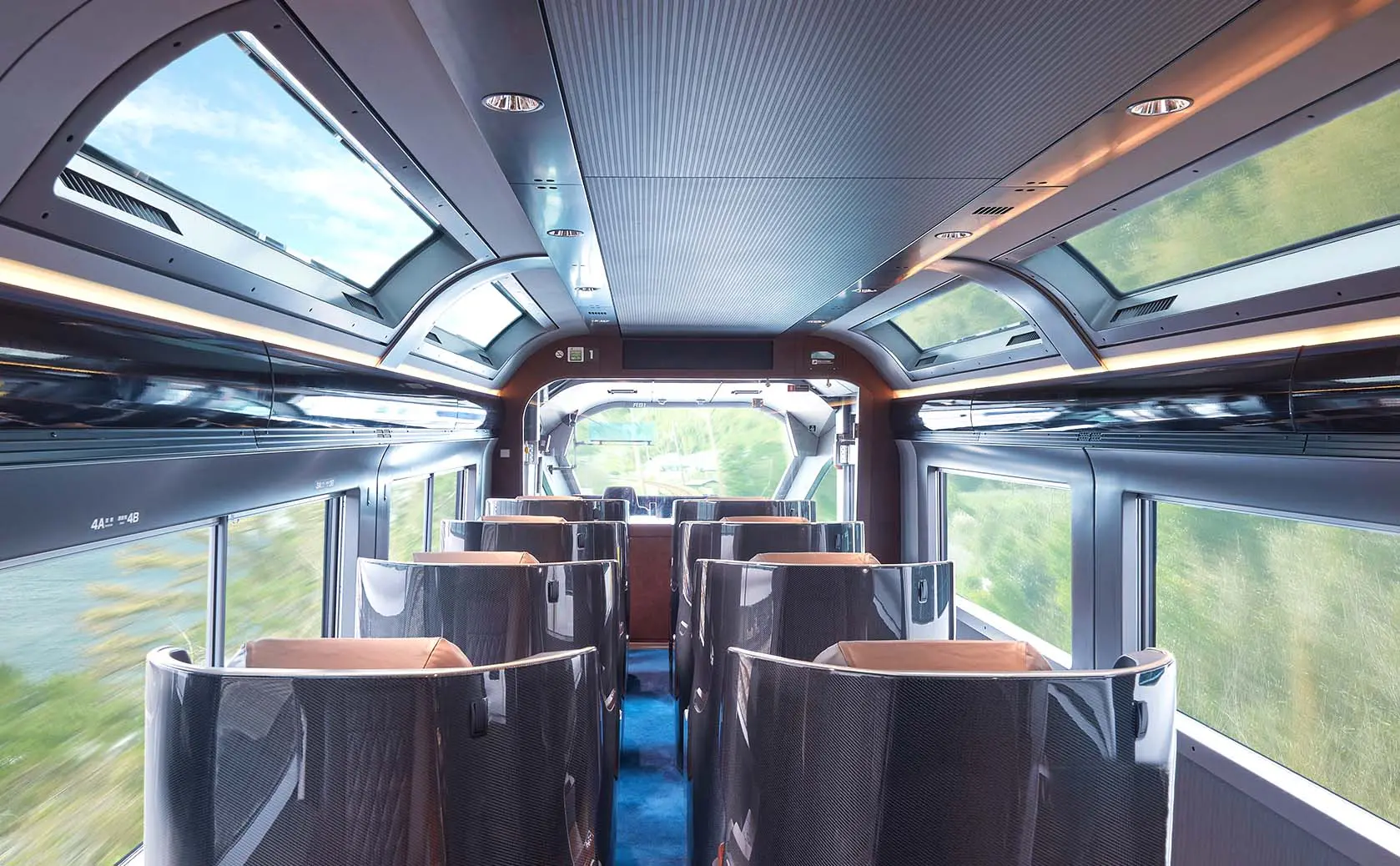
Saphir Odoriko
A Luxurious Train Designed to Blend with Nature
Izu Peninsula, located in Shizuoka Prefecture, is renowned for its hot spring resorts and is brimming with breathtaking ocean views. The Saphir Odoriko offers a premium ride to Izu with stunning views of the ocean coastline and even Mount Fuji. Departing from either Shinjuku or Tokyo Station, the trip lasts around two hours.
The train was designed by renowned industrial designer Ken Okuyama, known for designing and supervising notable luxury projects such as the Ferrari Enzo and Bulgari Octo. Okuyama was also the designer behind other iconic JR East trains such as the Yamanote Line and the Hokuriku Shinkansen. With its sleek and deep blue exterior, the Saphir Odoriko looks like it’s gliding through the waves as it speeds across the tracks.
As a luxury express train, the Saphir Odoriko offers many facilities and amenities to make your ride as relaxing and enjoyable as possible. Passengers can choose from three seating options: the Premium Green Car, the Green Car Private and the standard Green Car. The large windows and skylights in all the train cars flood the space with brilliant natural sunlight and there are plenty of areas for gazing at the passing nature views, so any seating option is a luxury experience.
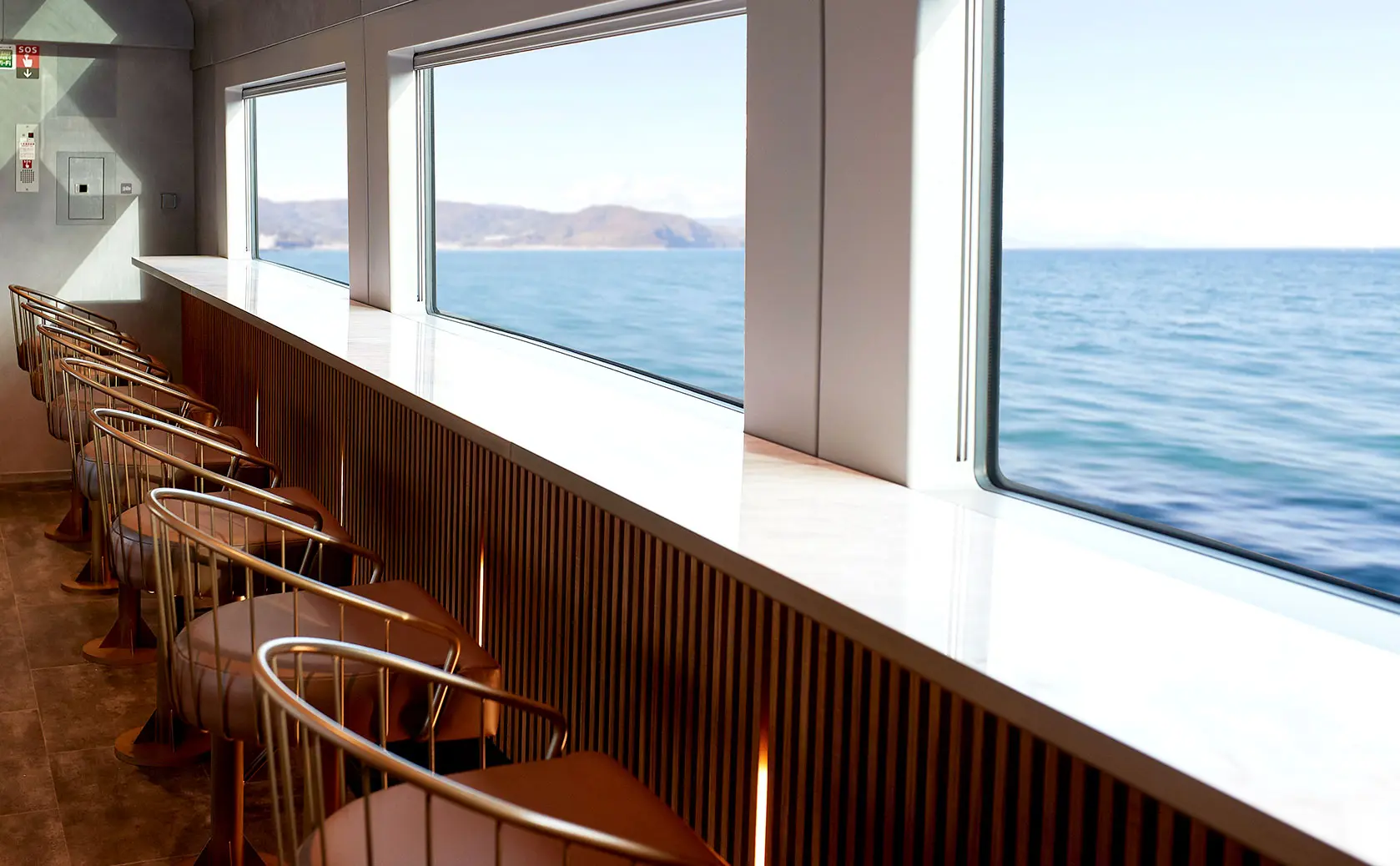
Saphir Odoriko’s Interior
Car No.1 houses the Premium Green seats with individual chairs in each row. The seats are upholstered with a quilted plush material. They come equipped with reading lights, an electric outlet, a cup holder, a seat rotation lever, some luggage storage space and an extendable table inside the armrest. There are only 20 Premium Green seats available on the Saphir Odoriko, so each passenger has lots of space.
Cars No.2 and No.3 are the Green Car Private compartments. For families and bigger travel groups, these cars offer a more private experience with separate rooms. You can book rooms for up to four or up to six people, allowing groups to talk and move around freely. The rooms have a café-like atmosphere and seats are configured in a more sofa-like style for a relaxing yet cozy ambiance to share with friends and family.
Car No.4 is Saphir Odoriko’s cafeteria, with an exclusive menu curated by Chef Miyuki Igarashi from the Chinese restaurant Miyu. Culinary delights include the “Izusan Recovery” sakura shrimp wonton and noodle soup, as well as the Miyu Japanese black beef ankake curry. These dishes can be enjoyed while taking in the scenery of Sagami Bay. You could also try the mango cheesecake and special blend Shizuoka green tea. The vibrant colors match the surrounding landscape.
Once you arrive in Izu, continue your journey of relaxation and luxury with a stop at one of the many hot springs baths in the area. There are also great photo opportunities with Mount Fuji as the backdrop and some superb restaurants.
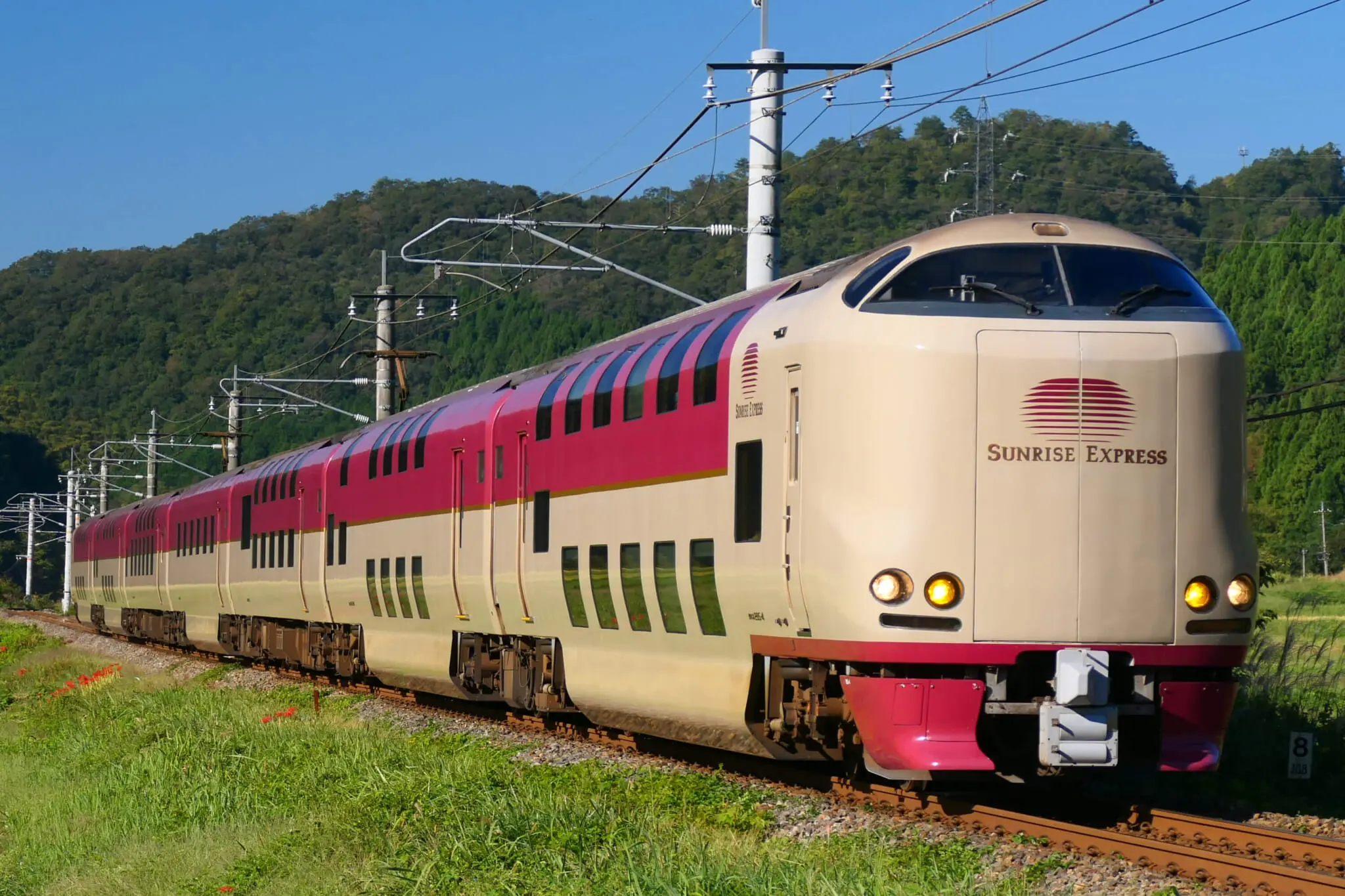
Sunrise Express
Experience the Nostalgia of Japan’s Sleeper Trains
Before the era of the super speed Shinkansen, overnight trains were very common throughout Japan. But as they have become more of a novelty, the Sunrise Express evokes nostalgia and brings an increasingly rare opportunity to experience a sleeper train. Currently, the Sunrise Express’ Seto and Izumo trains are the only regular night trains still in operation.
Appropriately named, you get on the Sunrise Express around midnight so that you can be woken up by the beautiful golden rays of the sunrise. The trains travel together through Tokyo, Osaka and Himeji. At Okayama, the Seto and Izumo trains are detached. The Seto train runs southbound to Takamatsu while the Izumo continues north to Matsue and Izumo. From Tokyo Station to Osaka, the trip takes around seven hours.
The Sunrise Express has various accommodation options for different budgets and preferences. The standard Nobinobi Zaseki beds are the cheapest and are semi-private carpeted bunks. The private rooms are more expensive but allow for more comfort, with bigger spaces, softer beds, luggage storage and a separate closed bedroom. These private rooms range in size. There’s also a deluxe room equipped with a bed, desk and a sink.
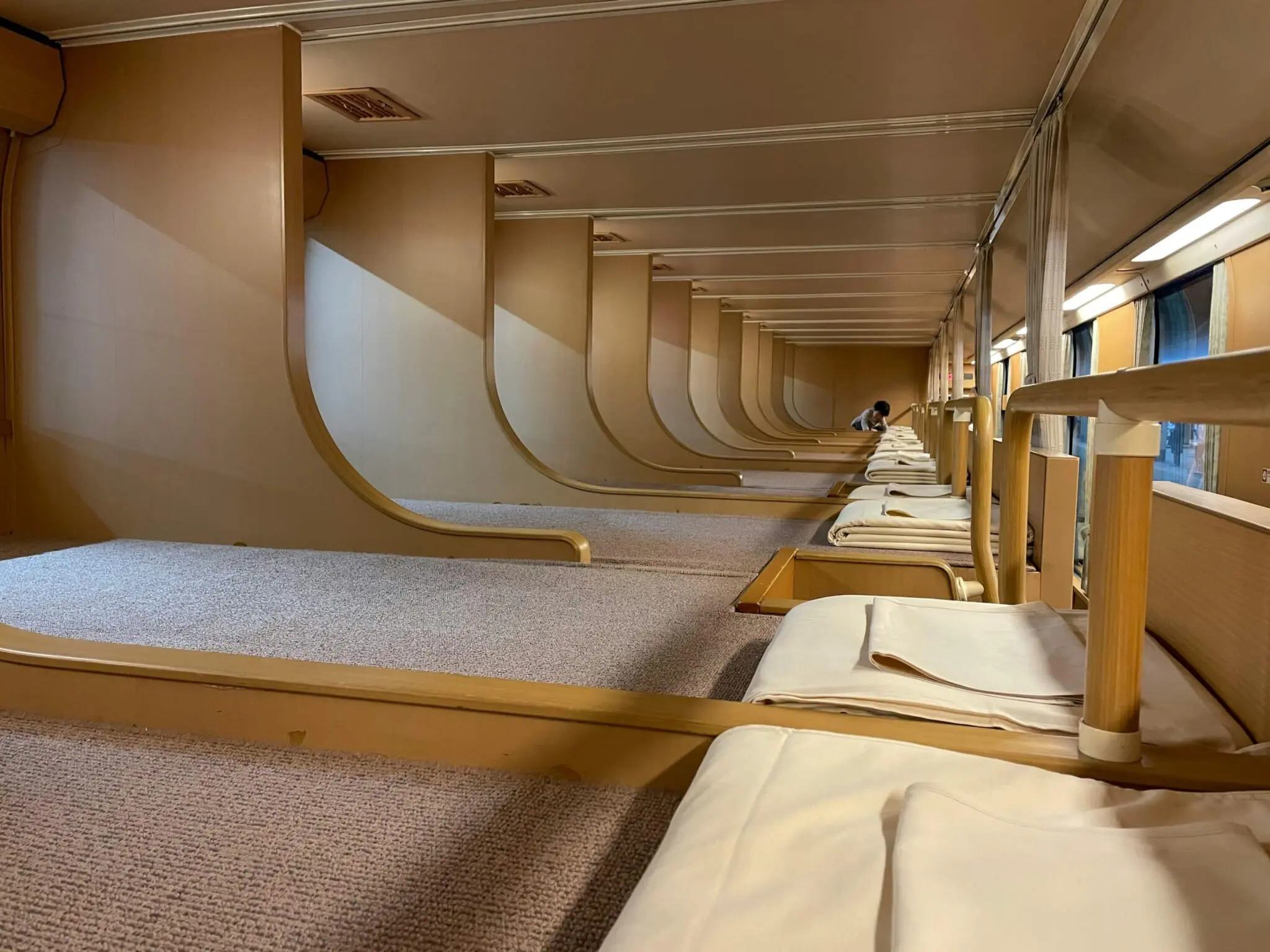
Sunrise Express’ Interior
As a sleeper train, the Sunrise Express has some unique amenities. There are lounges with large windows and side tables, so you can appreciate the view in a tranquil setting. You can also grab a drink from the nearby vending machine to sip on as you relax. One of the most popular amenities is the shower room. Yes, you can shower on a moving train. Passengers can purchase a card from the ticket machine to reserve a spot for a maximum six-minute shower.
For travelers with the JR Pass, the base fare on the Sunrise Express is completely covered. An extra lodging fee, however, may be required for higher-level accommodation. The standard ticket includes a reservation for the Nobinobi Zaseki-style beds or a discount for private rooms. Reservations can be made in the Midori no Madoguchi ticket counters in major train stations.
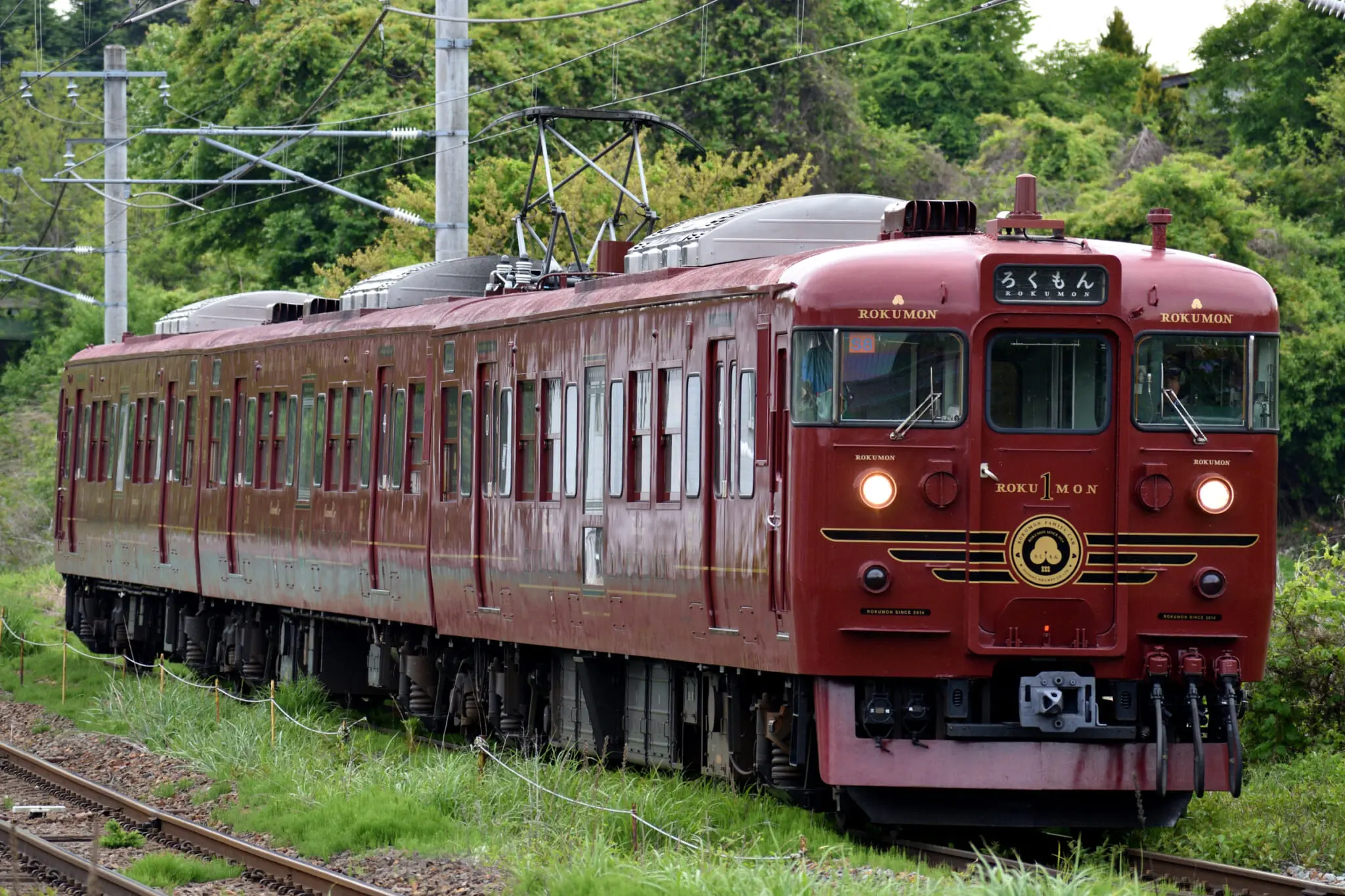
Rokumon
Where Travel Meets Gourmet
For the foodies, the Rokumon train brings gourmet dining to the rails of Nagano. Rokumon runs between Karuizawa and Nagano city. The train cars have chic designs.
Rokumon is most well known for its dining experience, where you can savor the richness of locally grown treasures from the Five Mountains of Northern Shinshu, such as fresh vegetables and seasonal fruits. The dining car has cypress walls and doors with shoji paper screens that bring Nagano’s natural beauty inside. Chefs use local ingredients and seasonal flavors to create menus with the concept of “tasting from the moment.”

While onboard, passengers can enjoy a full-course menu with both Western and Japanese cuisine. The “Primo Fito” meal plan is created by restaurant Trattoria Primo along the route of Rokumon’s trail in Karuizawa and serves Italian dishes such as braised beef paired with locally produced wine. The Japanese kaiseki, or traditional multi-course meal, is curated by Chikubatei from Chikuma city. The meal is presented in special two-tiered boxes called jubako that are intricately decorated. All the dishes are prepared inside the train’s kitchen and can be enjoyed while sipping on a cup of exclusive Rokumon blend matcha.
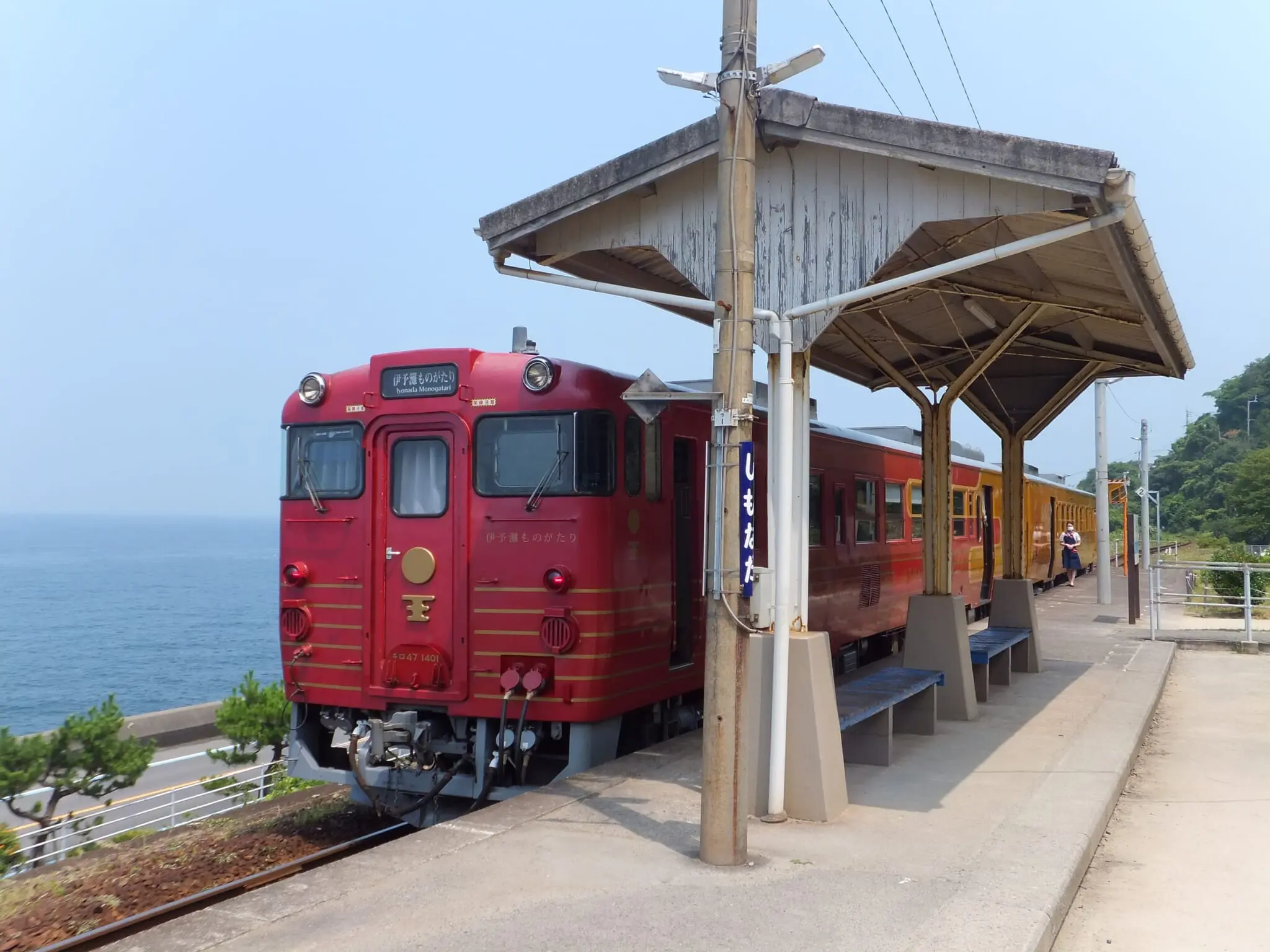
Iyonada Monogatari
Iyonada Monogatari was voted as one of Japan’s best tourist trains by the Japan Railway Journal in 2023. It runs along the scenic coast between Matsuyama and Yawatahama in Ehime Prefecture.
The train was designed with both Western and Japanese aesthetics in mind, creating a nostalgic, retro-modern atmosphere. The lights — shaped like mandarin oranges that are a specialty of the Ehime region — give the car a soft glow. If you look closely, you will notice orange motifs imprinted on the dresses of the train attendants as well.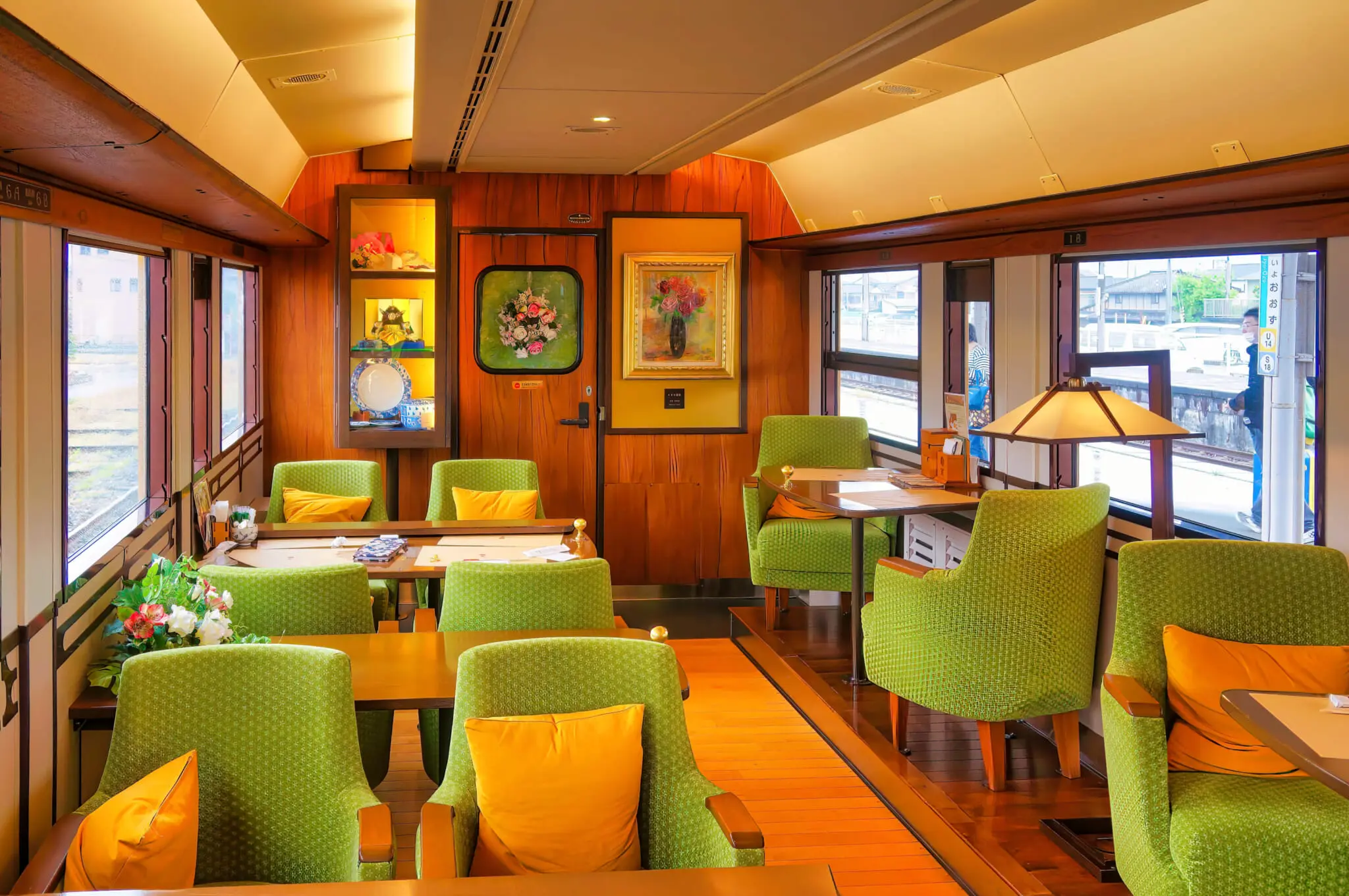
Mealtimes are equally exceptional in presentation. Continuing the mix of multicultural accents, dishes come in bento box compartments that are overflowing with colorful dishes. Tea is served in elegant, hand-painted Tobe ware teapots and teacups. These are traditional ceramics from Ehime. There are also Tobe ware sinks on the train.
At various scenic points throughout the journey, the train slows down a bit so that passengers have more opportunities to capture beautiful photos. At official stops, guests are encouraged to step out to fully appreciate the surrounding area. The most popular stop is at Shimonada Station, where the train arrives just in time to watch the sunset. After unwinding through the amazing offerings on board, guests can see Ozu Castle, one of the many sightseeing attractions on the trail. Depending on the season, the castle is enveloped with the bountiful colors of cherry blossoms or maple trees.
Applications for booking the Iyonada Monogatari are accepted from one month to 10 days prior to your desired boarding date. Reservations can be made online.
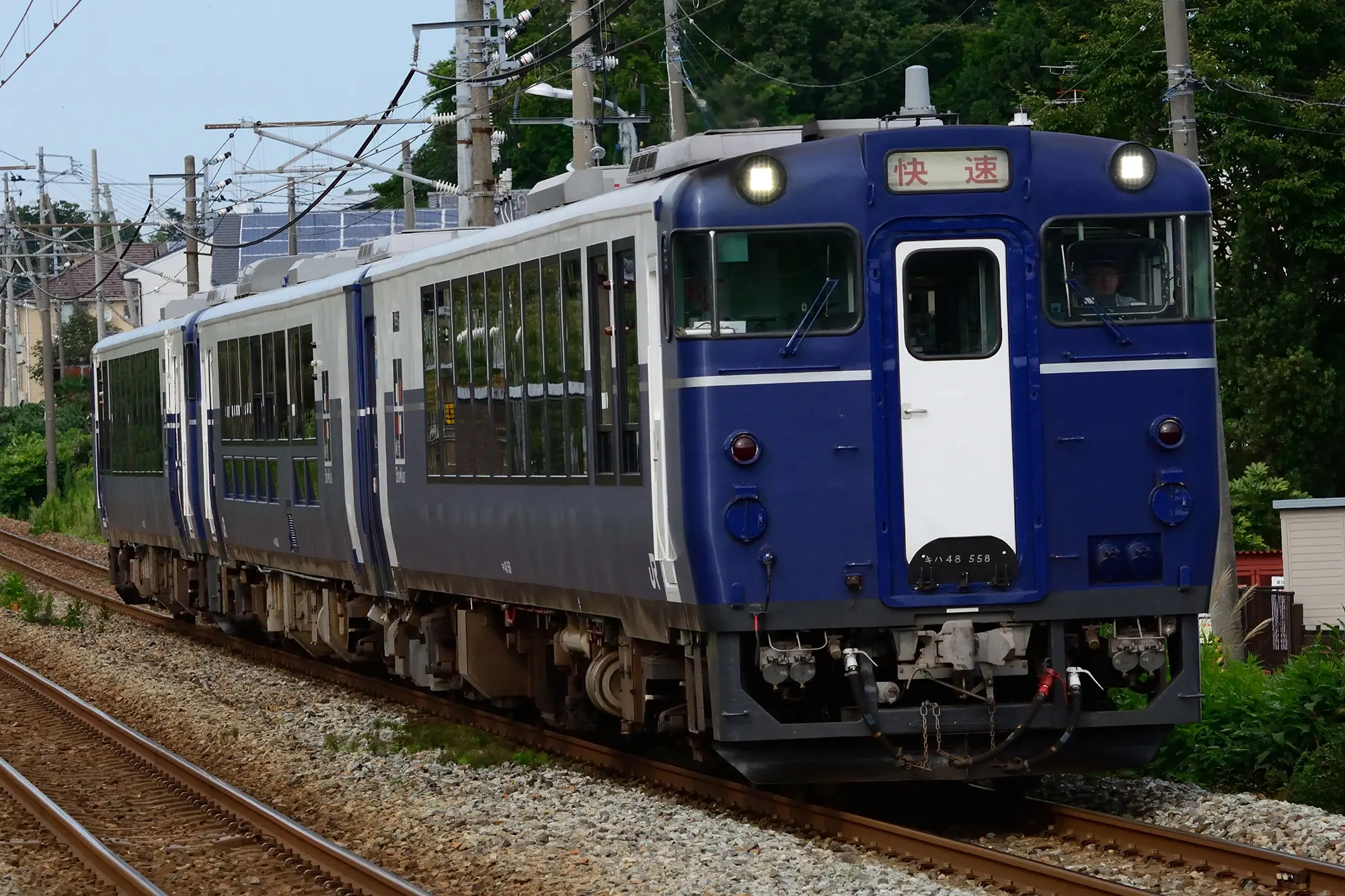
Koshino Shu*Kura
You might have been bar hopping, but have you tried doing it on a moving train? The Koshino Shu*Kura was built around the theme of sake and Echigo’s breweries. Passengers can sample from a selection of local sake from Niigata Prefecture. Each sake is perfectly paired with snacks, which are also made from local ingredients. Enjoy a few glasses while taking in the scenery.
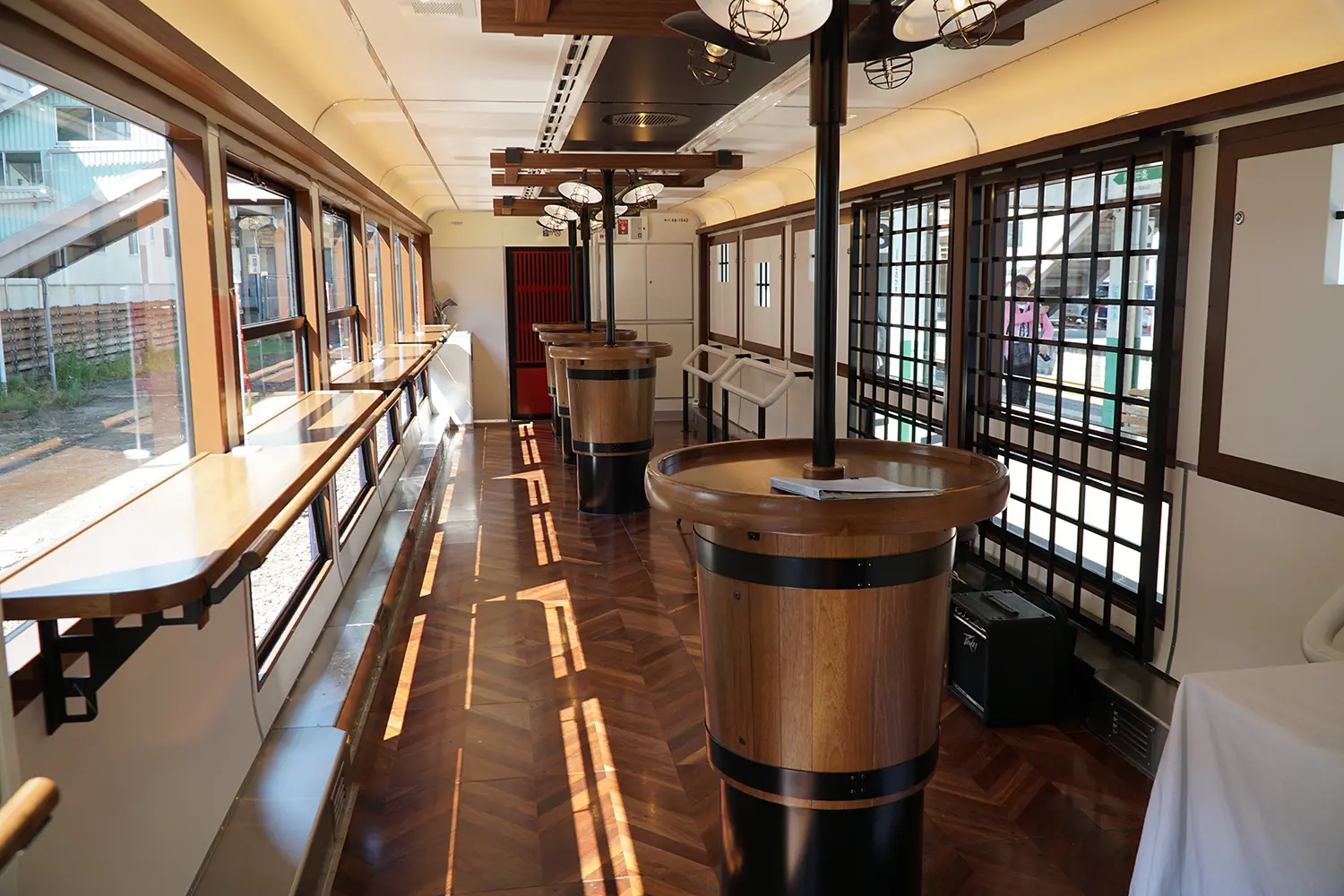
The Koshino Shu*Kara even has its original sake, which was made in collaboration with Kiminoi Shuzou and is only available on the train. The Daiginjo-shu utilizes Niigata’s famous koshitanrei rice, which is a strain of rice that is especially suitable for sake brewing and has a strong aroma and flavor. This special sake also uses a labor-intensive brewing process called yamahai, which nurtures the natural lactic acid bacteria of the brewery.
The Koshino Shu*Kura’s specialty sake comes with its own designated sake cup and kinchaku purse for you to extend the train’s magic into your own home bar. During the meal service, each bento box comes full of seasonal dishes. As passengers eat their meals, the train attendants will pour sake to accompany each flavor.
Car No.2’s Kuramori service counter has more local sake, snacks and souvenirs to enjoy. The drinking comparison set is a three-cup sake flight, one of which is an aged sake. If you’re looking for other drinks, the counter also serves draft beer and Yukimuro coffee. Don’t forget your commemorative stamp as a memento of your journey. Five different locally brewed sake bottles are available at the tasting corner. The brands change periodically.
